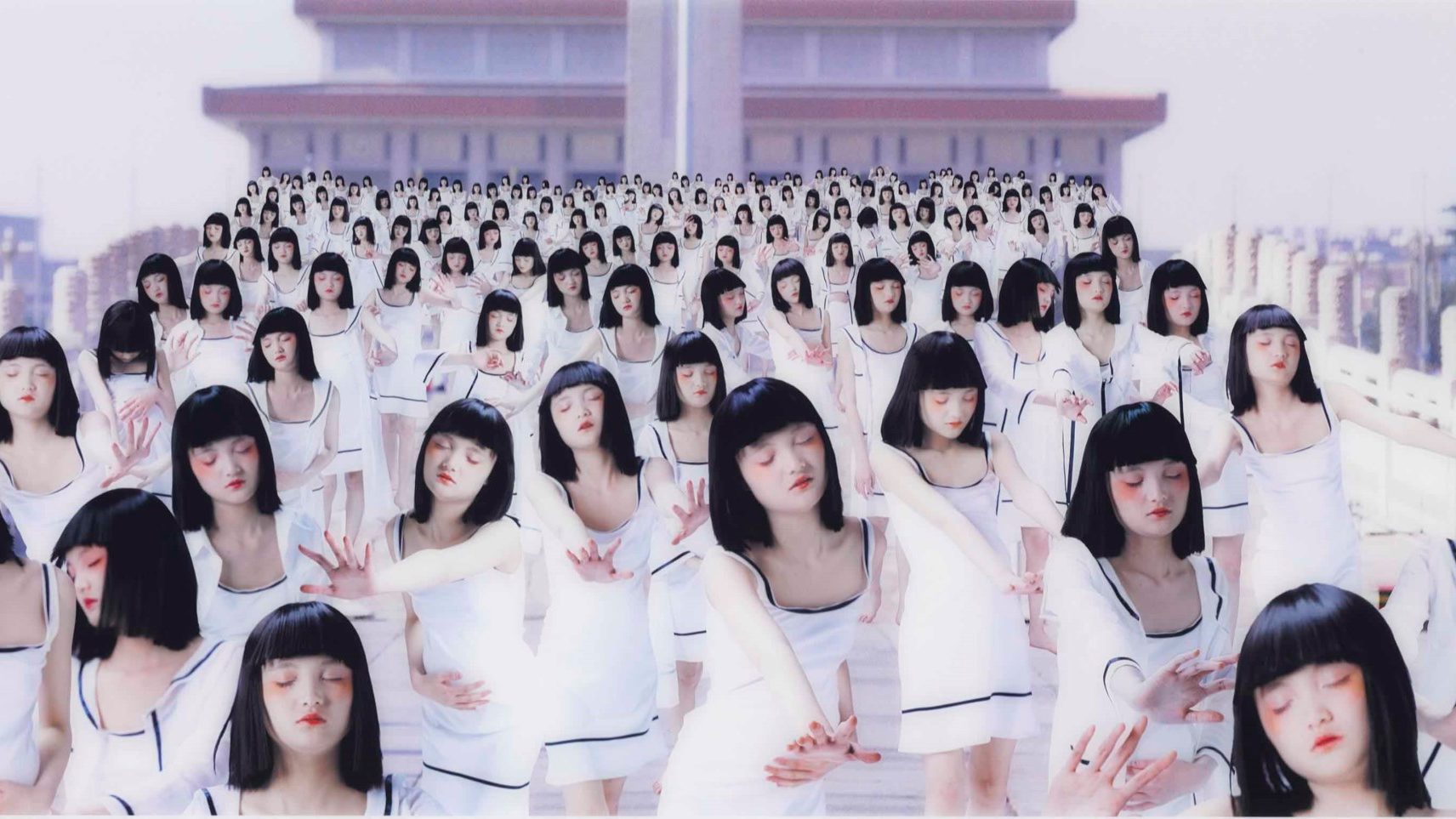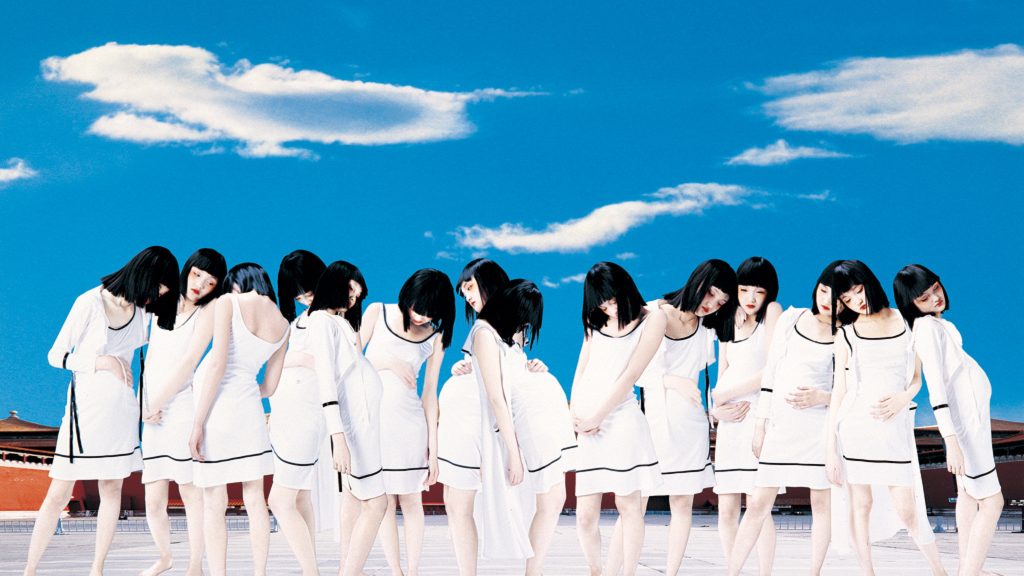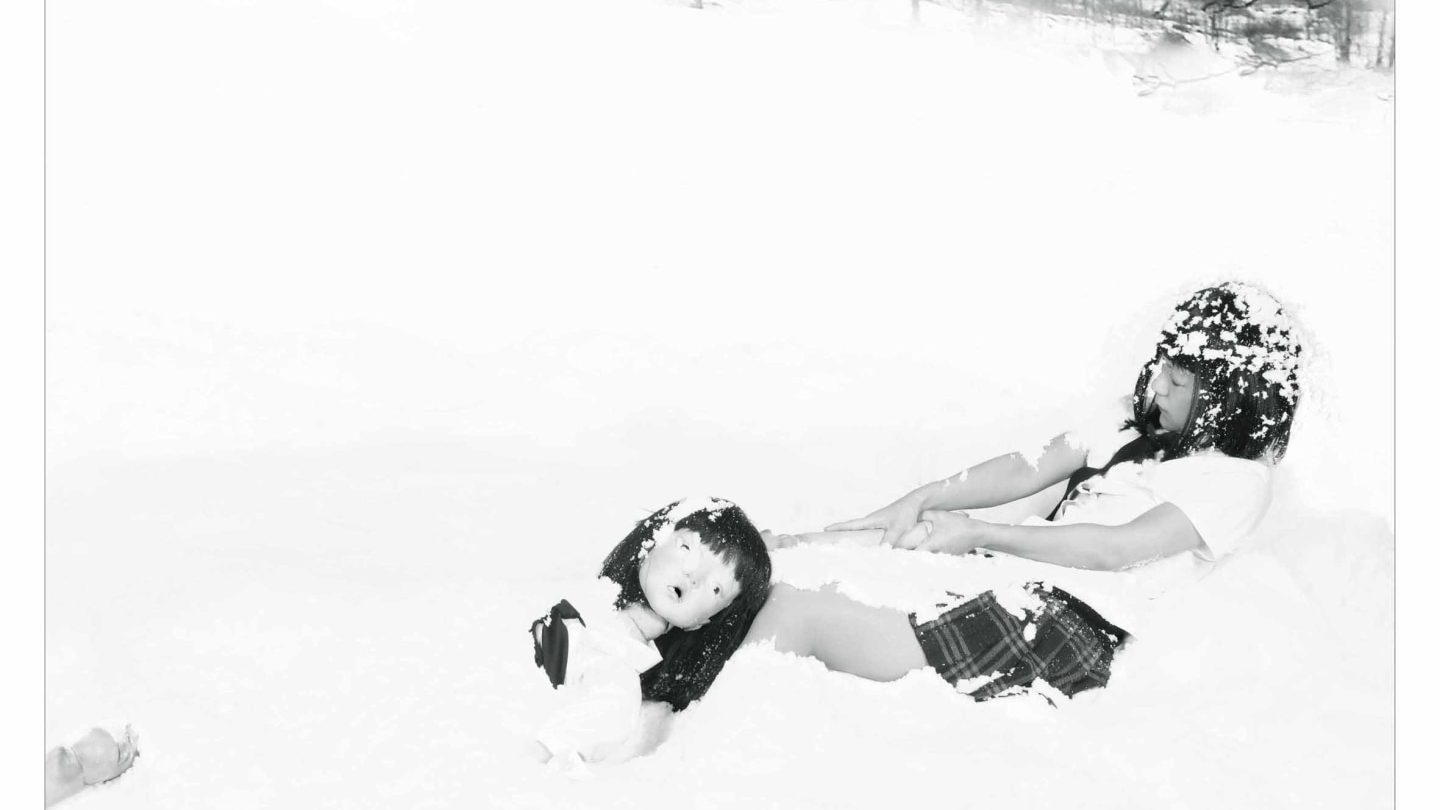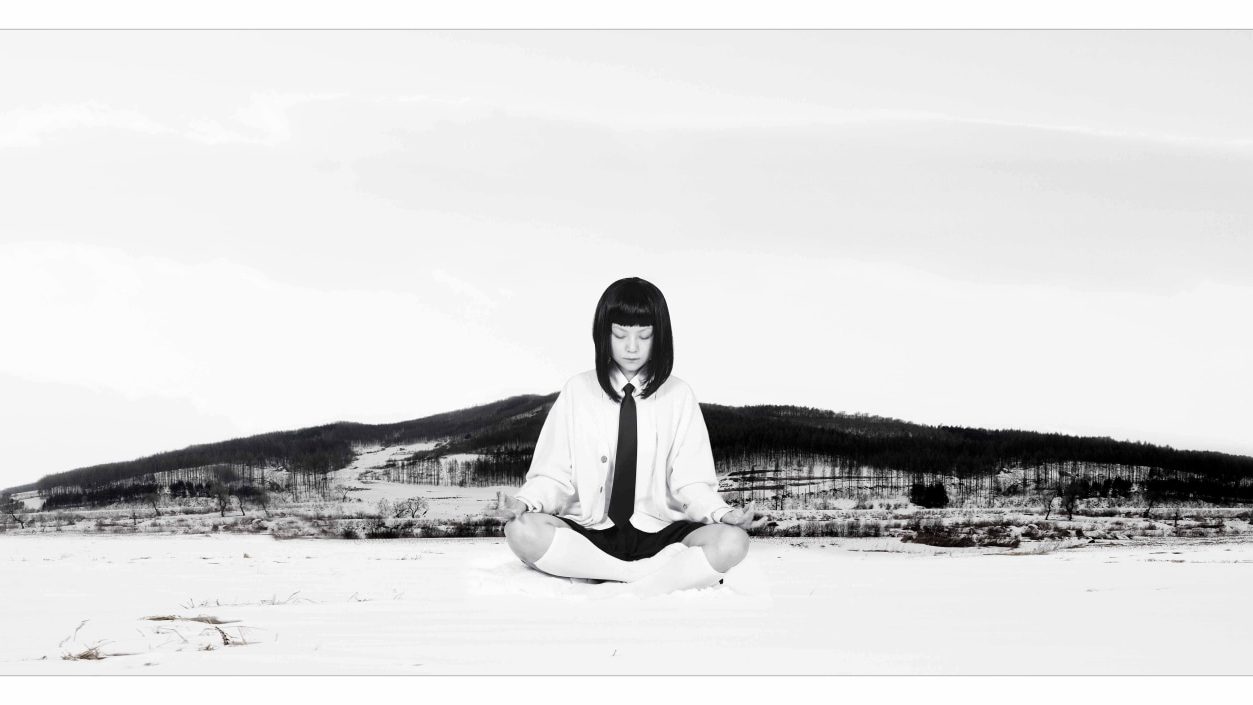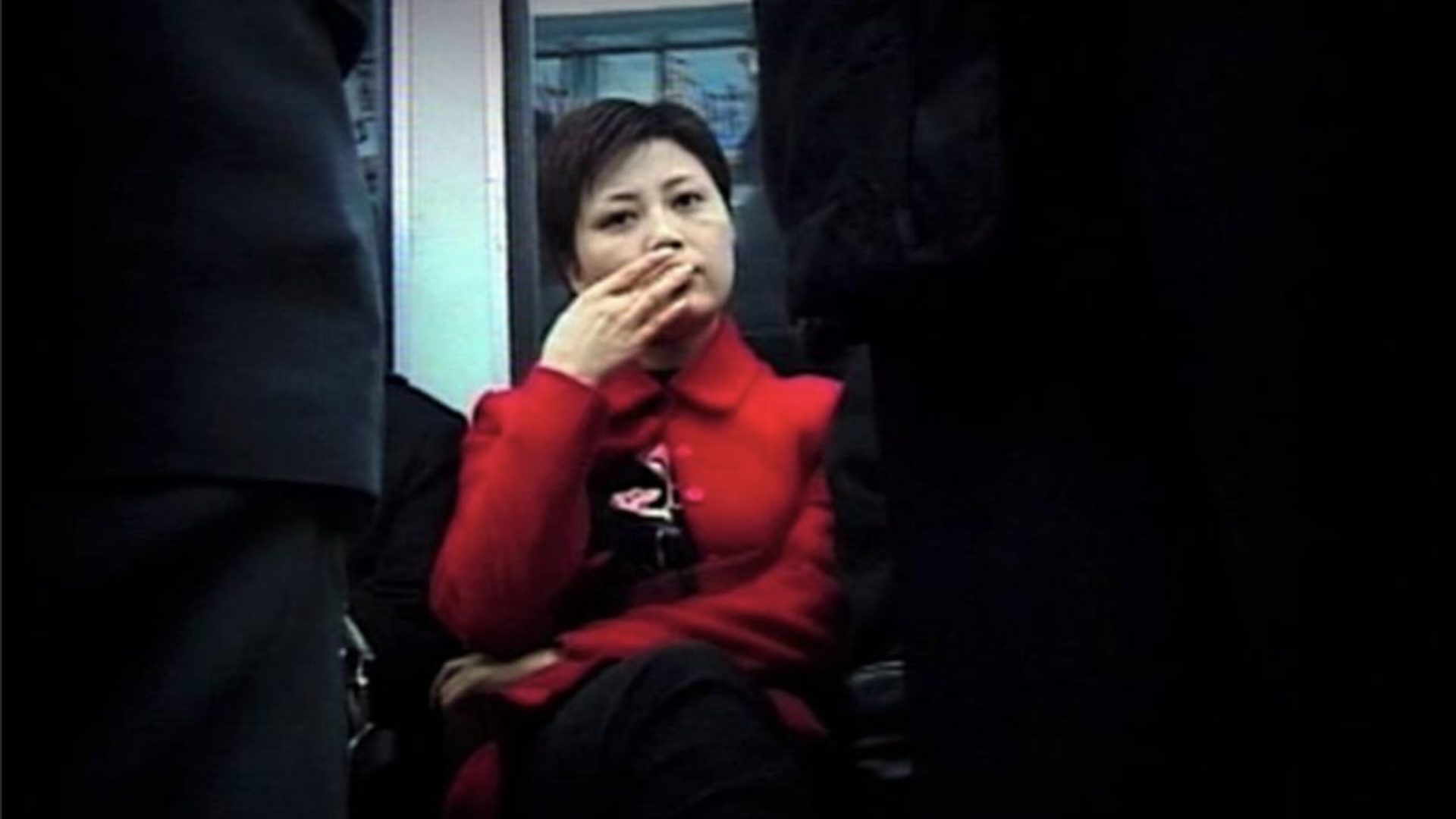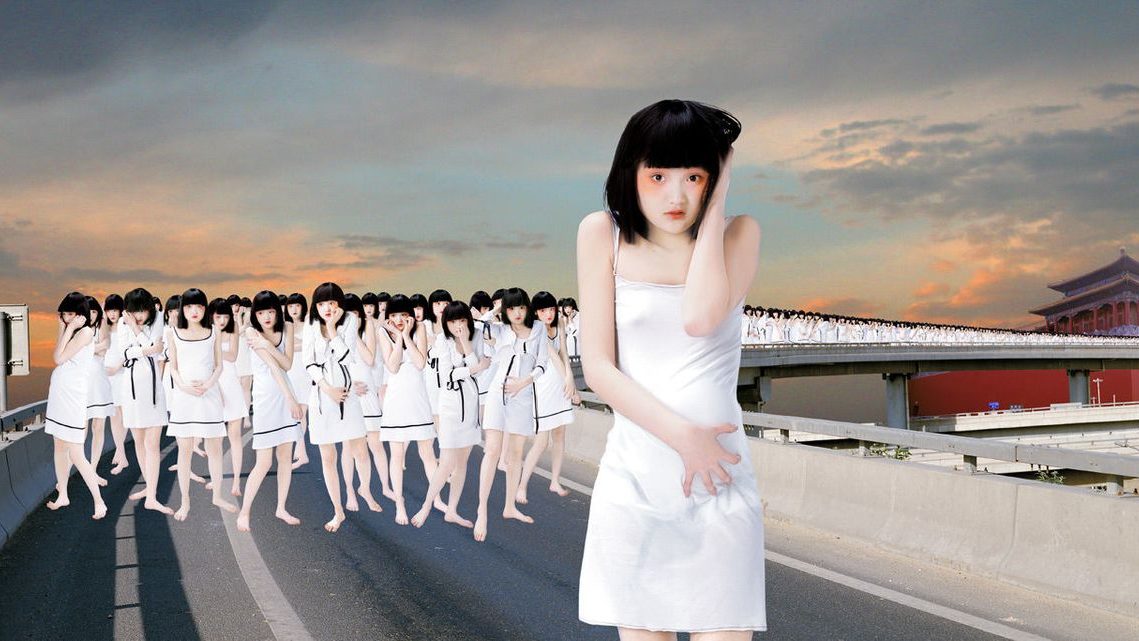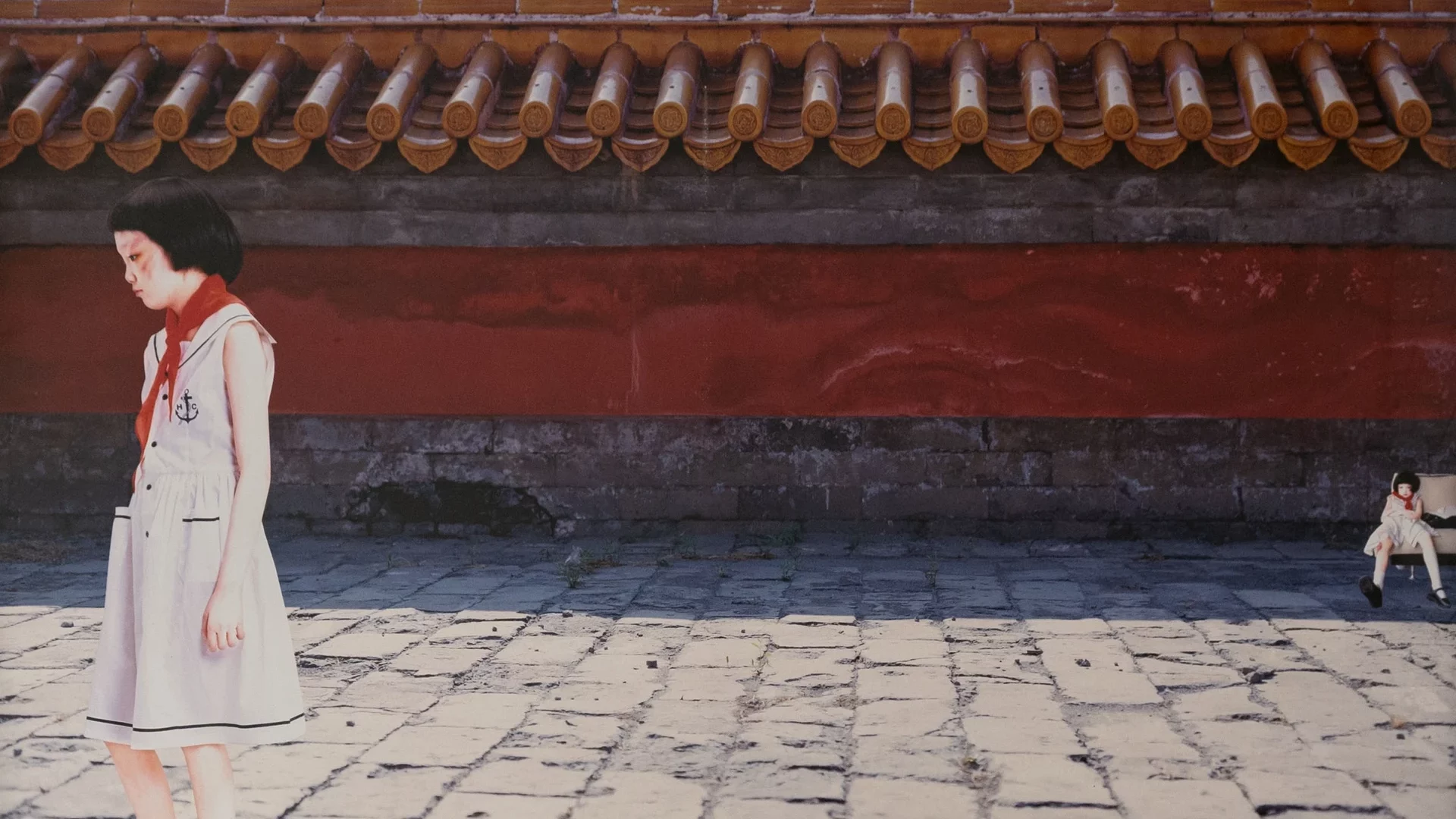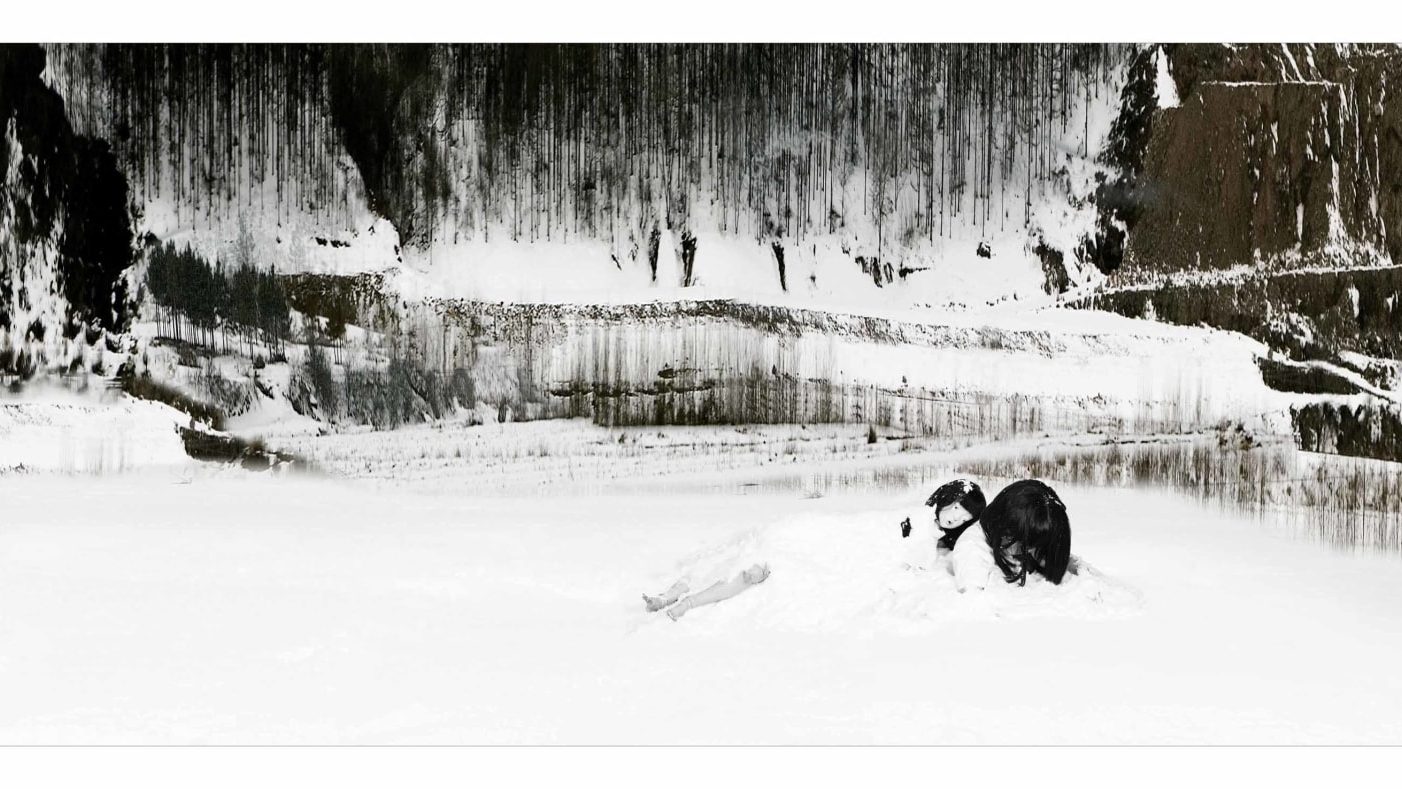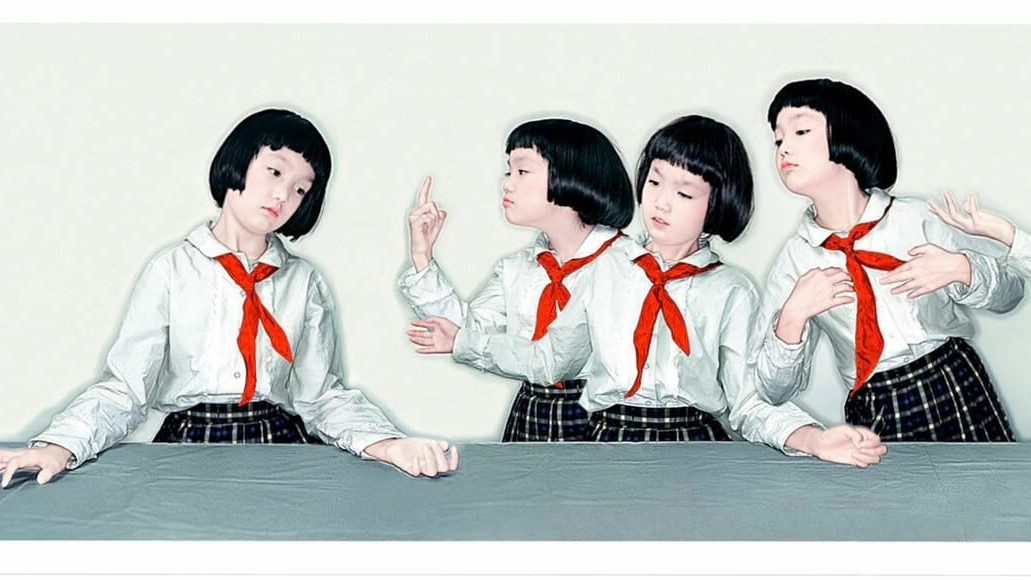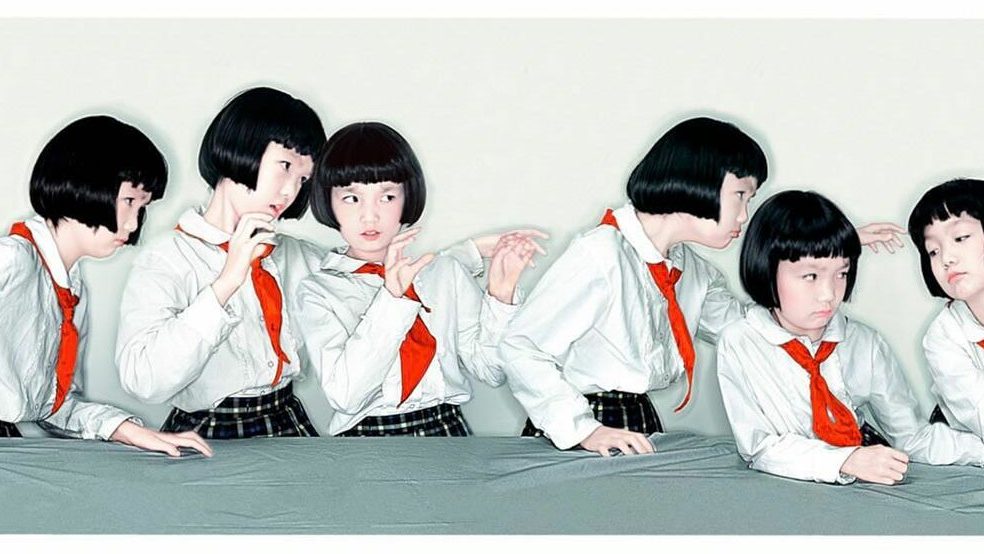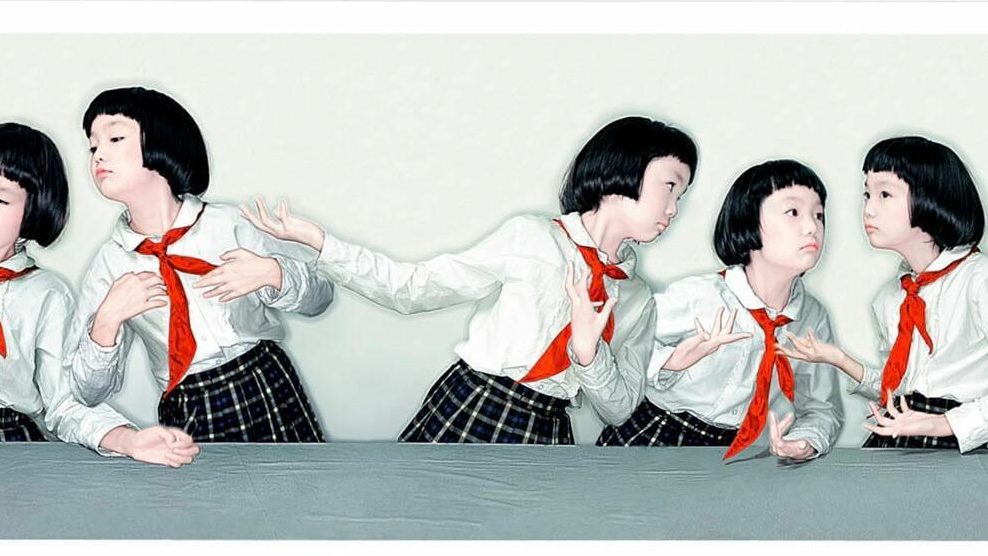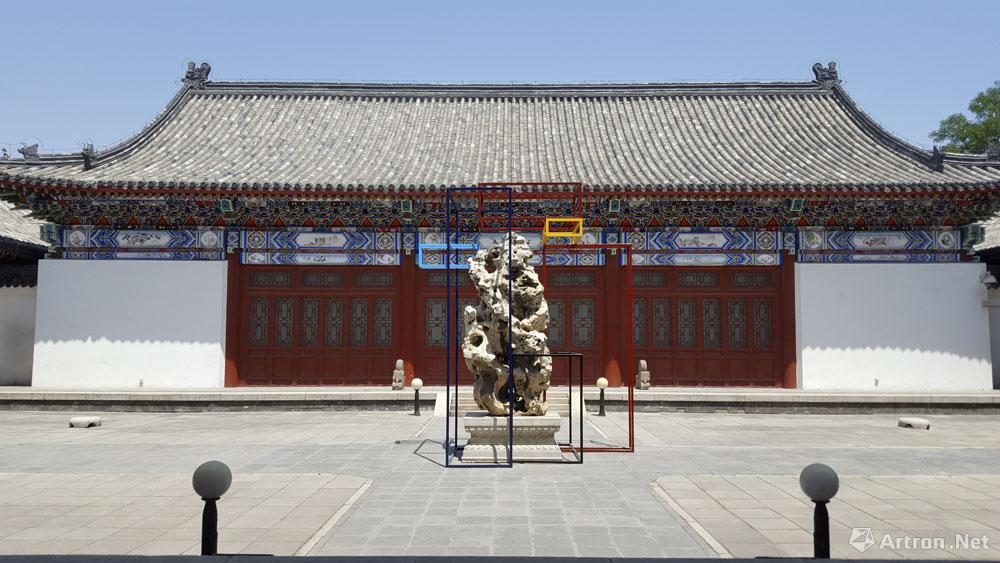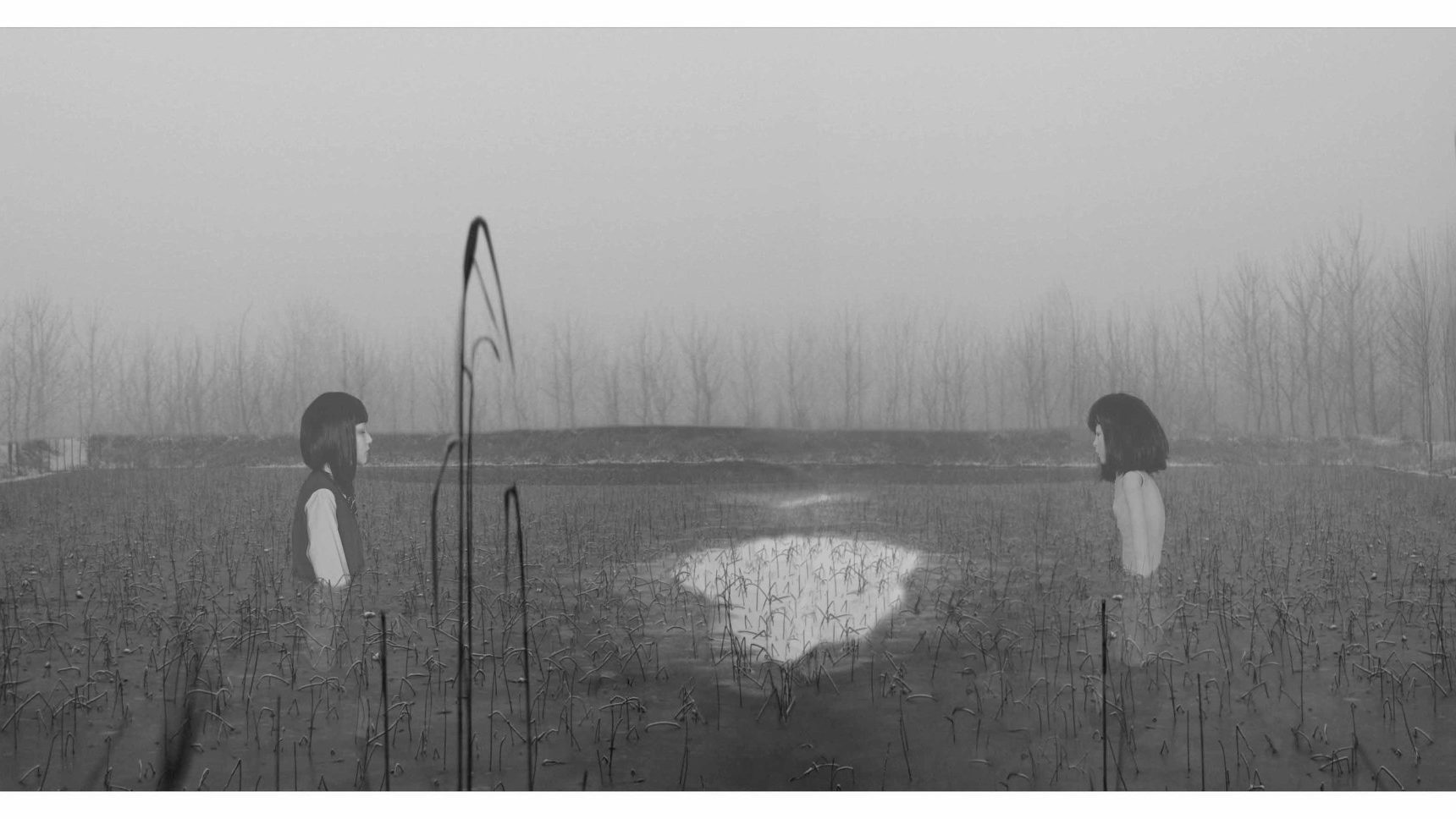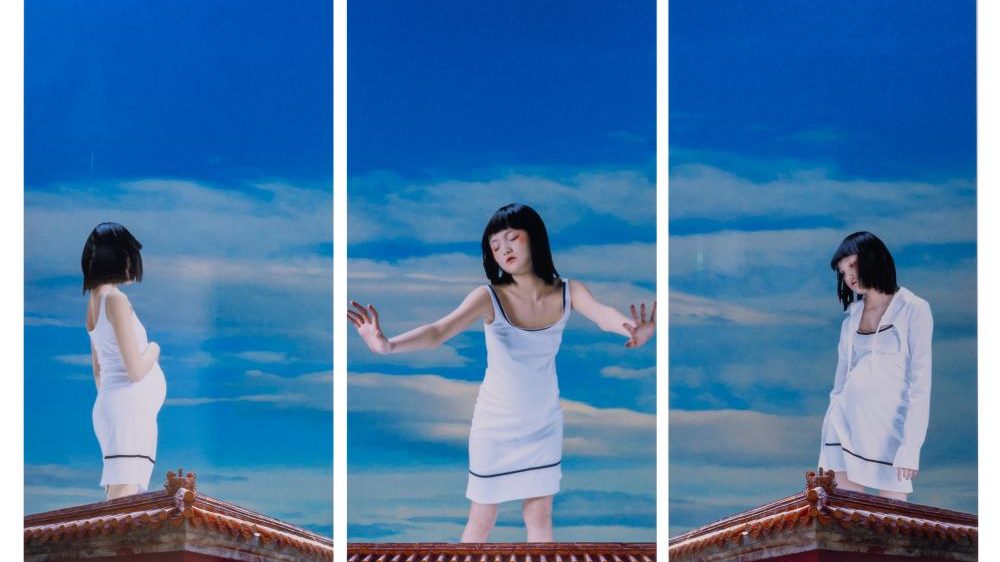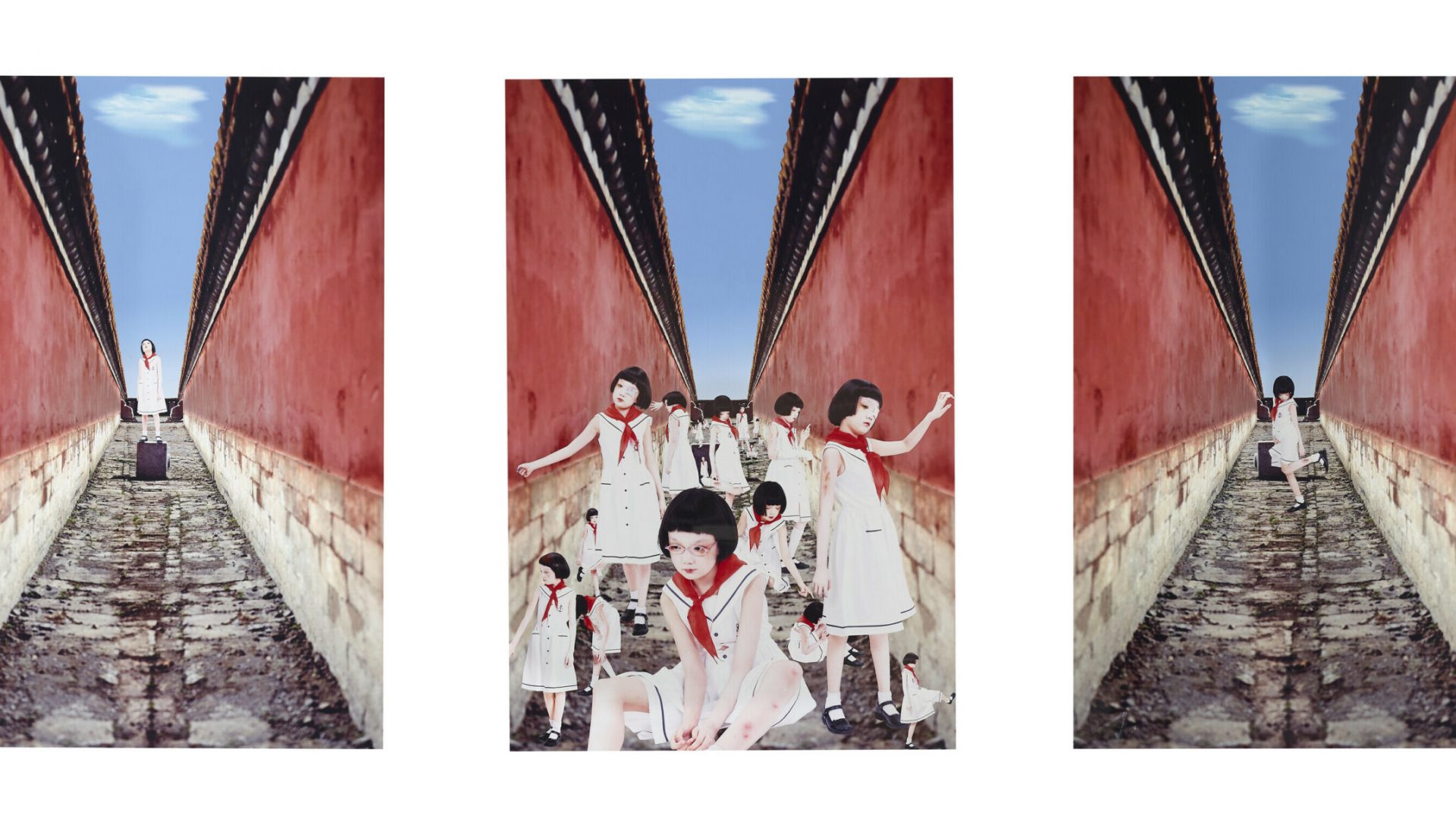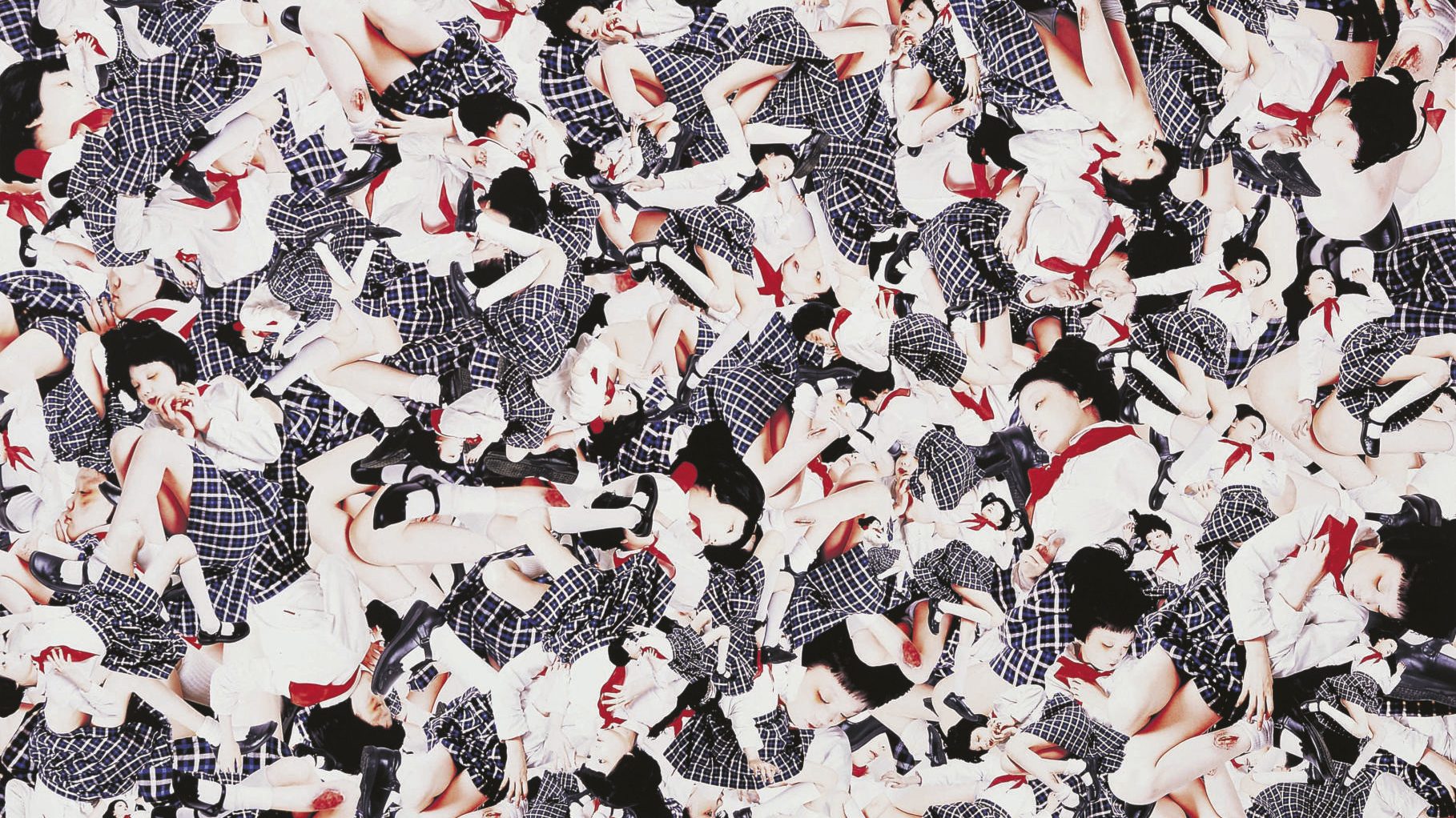Oil Paintings:
Videos:
Photography:
Installations:
“In my early artistic pursuit, the theme and form reflect an evolution of search between self and society, body and mind, and gender difference. I have then extended my horizon to the exploration between human and nature, between material and spiritual, and finally to abstract construction.”
Cui Xiuwen
Cui Xiuwen was born just before the Cultural Revolution, joining a generation that came of age in post-Mao China under the leadership of Deng Xiaoping and his economic reforms and open-door policy. Deng’s era ultimately created the conditions for reimagining Chinese identity in contemporary art in dialogue with the West. The 1980s saw avant-garde ideas and mediums spread, notably in the China/Avant-Garde Exhibition at the National Art Museum in Beijing and the ’85 Art Movement. This period was one of cultural debate, reinterpretation, and subversion, as artists increasingly turned away from traditional styles and mediums like painting in favor of photography, film, and performance art.
The 1990s continued Deng’s reforms, leading to rapid urbanization, globalization, and China’s rising economic power within a market-oriented economy. During this time, institutions like the Central Academy of Fine Arts (CAFA) began incorporating Western art history and artists into their curriculum, transforming contemporary art as artists drew from a diverse range of inspirations, both local and abroad. Cui has cited international artists such as Marcel Duchamp and Alberto Giacometti among her inspirations. This era, in which Cui graduated and began her professional career, was defined by Chinese artists challenging the status quo and actively engaging with the global art scene. Cui would have her first international exhibit in 2000 in Australia.
Cui Xiuwen initially focused on oil painting in her early career before transitioning primarily to video and photography. Her thought process was precise and profound, deeply influenced by her interest in Western feminist theories. Cui was one of the few female artists from China who identified herself as a feminist artist, setting her apart from her contemporaries. In her later artworks, she shifted towards psychological analysis and the spiritual exploration of her subjects, delving into the complex contradictions within human nature. As her practice evolved, she became increasingly influenced by Buddhist thought and theory, which informed her understanding of self and existence. Her video and photographic works focus on themes of individual gender identity, experience, and the elevation of her self-awareness.
Cui Xiuwen initially focused on oil painting in her early career before transitioning primarily to video and photography. Her thought process was precise and profound, deeply influenced by her interest in Western feminist theories. Cui was one of the few female artists from China who identified herself as a feminist artist, setting her apart from her contemporaries. Her video and photographic works focus on themes of individual gender identity, experience, and the elevation of her self-awareness. In her later artworks, she shifted towards psychological analysis and the spiritual exploration of her subjects, delving into the complex contradictions within human nature. As her practice evolved, she became increasingly influenced by Buddhist thought and theory, which informed her understanding of self and existence.
In 1998, Cui Xiuwen co-founded the “Siren Art Studio” alongside fellow female artists Li Hong, Yuan Yaomin, and Feng Jiali. This group was dedicated to exploring and challenging patriarchal narratives and created the renowned Chuan (1998) series, which directly confronts societal structures of gendered power. Her video work Ladies’ Room (2002) became an iconic and controversial piece in contemporary Chinese video art, revealing the existence of marginalized urban women within spaces both private and public. The work exposed the hidden realities of female existence within modern society. With her evolving artistic vision, she later turned to works of spiritual exploration, such as the Angel (2006) and Existential Emptiness (2009) series, moving from urban settings to nature-inspired, allegorical scenes that portray feminine innocence and introspection. In her 2009 series, Existential Emptiness, photographed in Harbin, Cui revisits her hometown against a bleak, wintry landscape.
Throughout her career, she continuously pushed against societal constraints, deeply engaging with issues of gender, identity, and society. Her ability to reinvent herself in art – using art as a vehicle for self-reflection and enlightenment – established her as an important figure in the community of Chinese female artists. Through her practice, Cui has created a space where the personal and public intersect, engaging with broader issues while charting her own path toward understanding and self-realization.

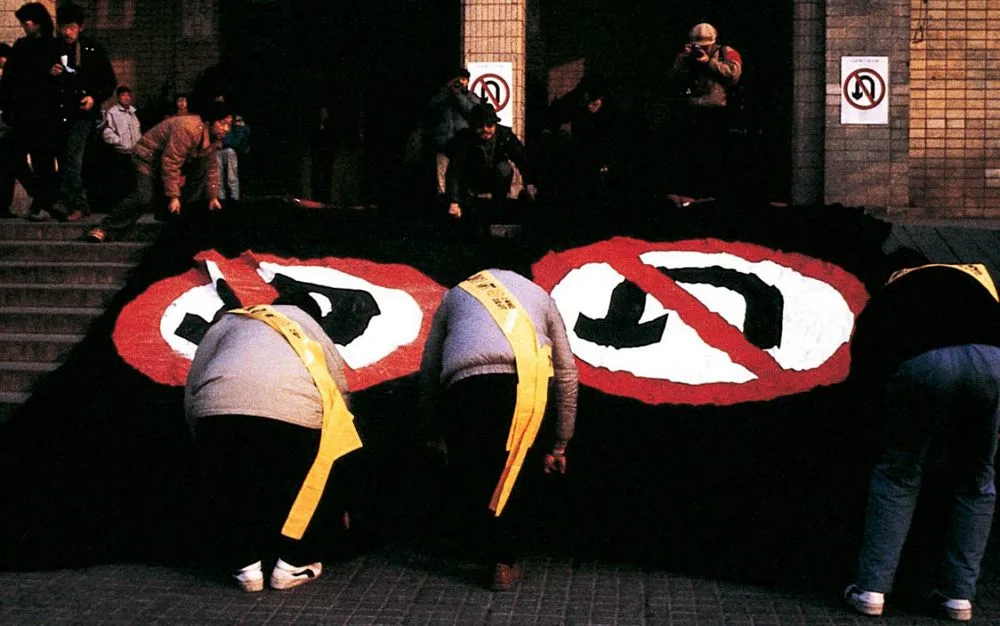

China/Avant-Garde Exhibition at the National Art Museum in Beijing
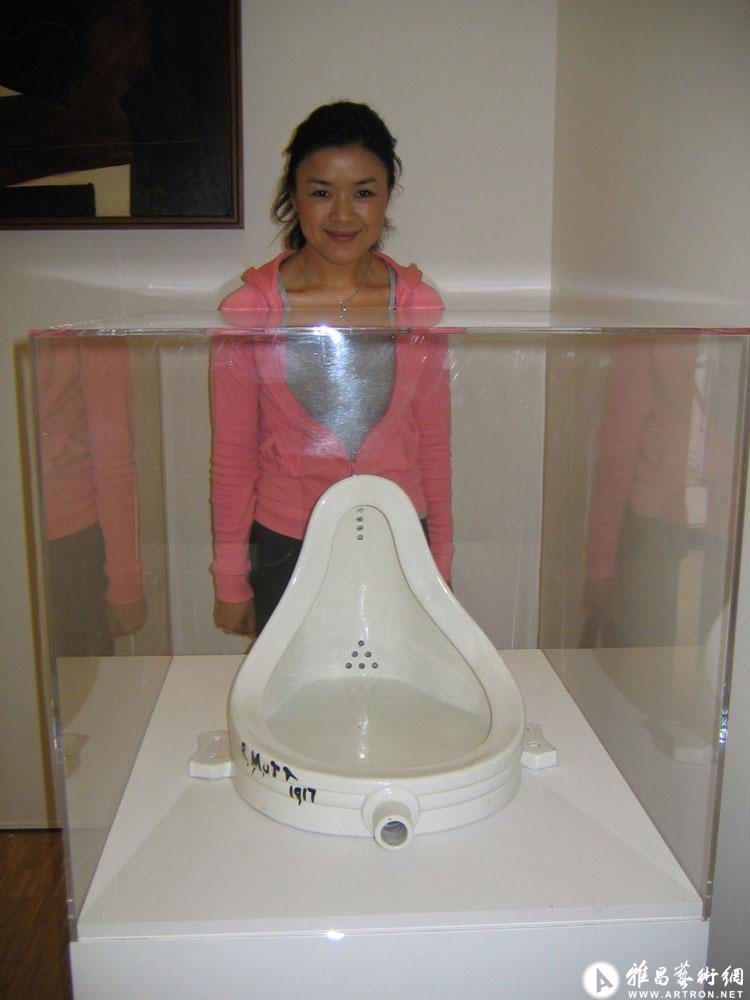
Cui pictured with Marcel Duchamp‘s Fountain
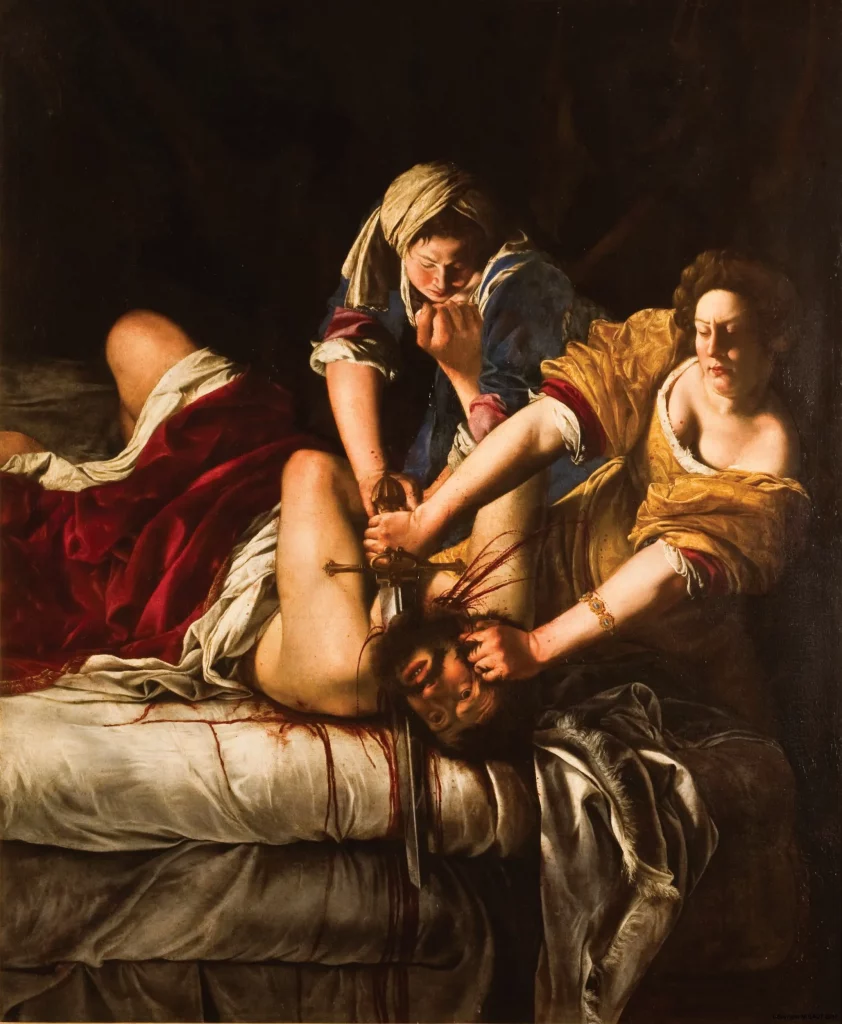
Artemisia Gentileschi, Judith Beheading Holofernes, 1620

Cui Xiuwen, 舛 Chuan-1, 1998
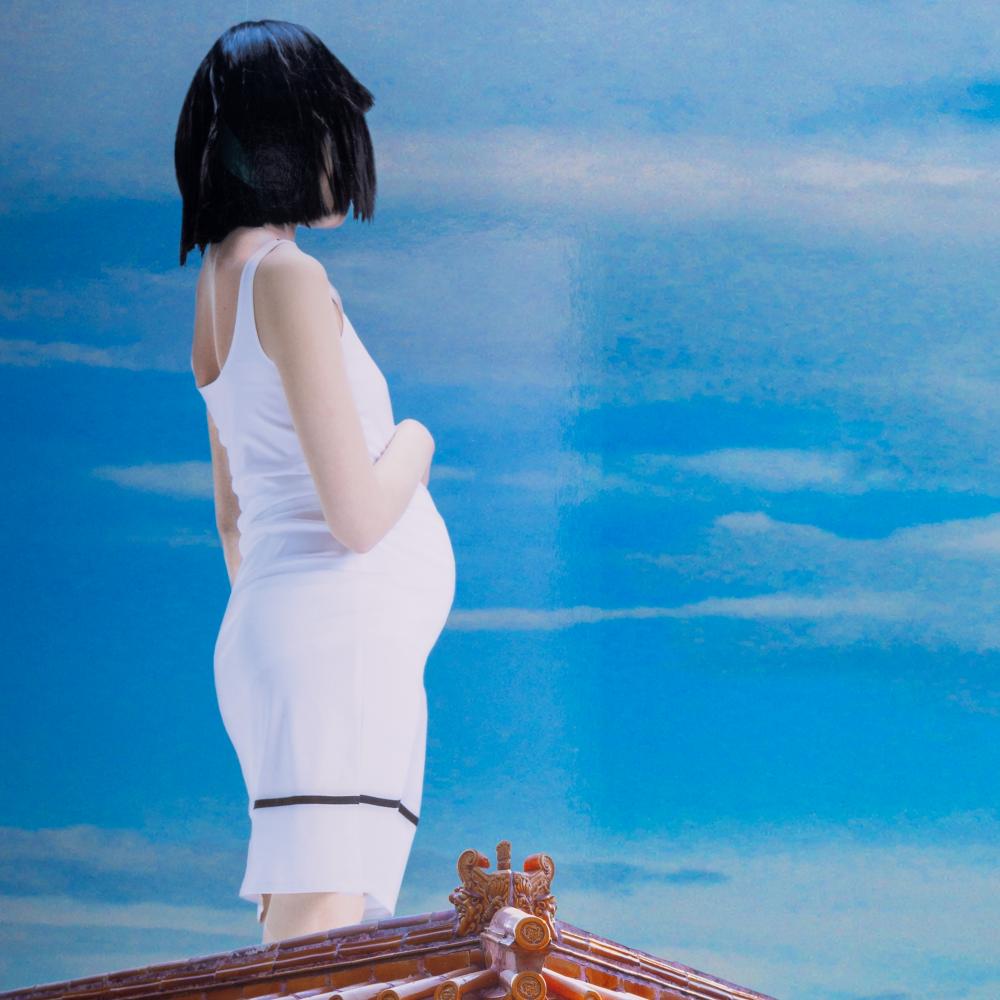
Cui Xiuwen, Angel No. 9, 2006
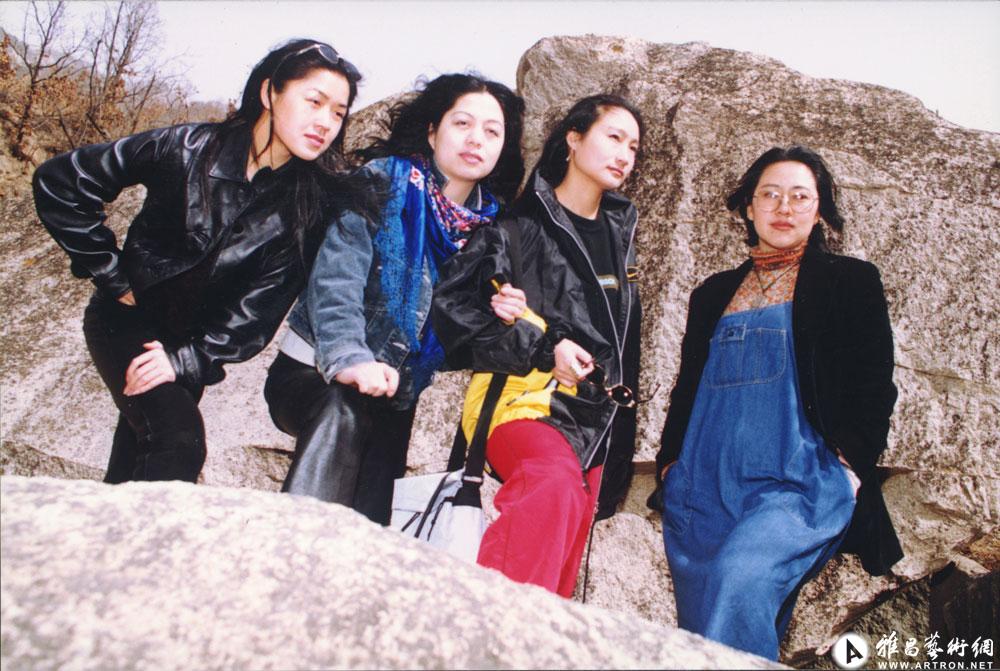
Siren Art Studio members (left to right):
Cui Xiuwen, Feng Jiali, Li Hong, Yuan Yaomin
